Home>Interior Design>Interior Designer Summer Thornton’s Hallway Decor Rules
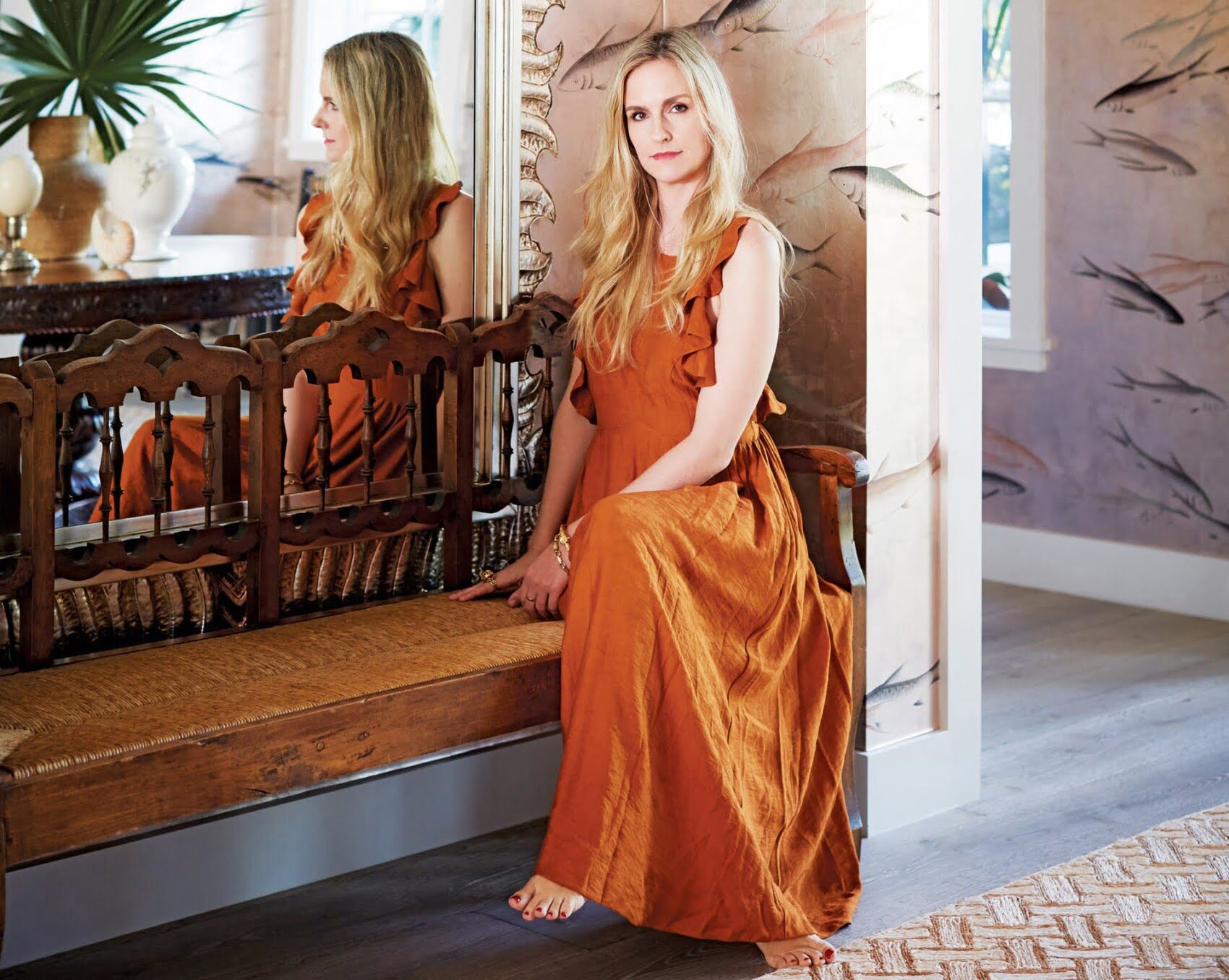

Interior Design
Interior Designer Summer Thornton’s Hallway Decor Rules
Modified: January 5, 2024
Discover Summer Thornton's essential hallway decor rules and tips from this talented interior designer, perfect for creating a stylish and inviting space. Transform your hallway with expert #interior-design advice.
(Many of the links in this article redirect to a specific reviewed product. Your purchase of these products through affiliate links helps to generate commission for Storables.com, at no extra cost. Learn more)
Introduction
Welcome to the world of interior design, where creativity and functionality converge to transform any space into a stunning haven. When it comes to designing the perfect home, every detail counts, including the often overlooked hallway. The hallway is the first impression guests have of your home, and it sets the tone for the rest of the interior. That’s why it’s important to pay attention to hallway decor and make it a reflection of your style and personality.
In this article, we will explore the top 10 hallway decor rules shared by renowned interior designer Summer Thornton. With her expertise and eye for design, Summer Thornton has transformed countless homes into breathtaking spaces. Her attention to detail and ability to create welcoming, functional, and visually appealing hallways make her an authority on hallway decor.
So, whether you are redesigning an existing hallway or creating a brand-new one, these decor rules will help you make the most of this often-overlooked space. Let’s dive in and discover how you can create a hallway that leaves a lasting impression:
Key Takeaways:
- Transform your hallway into a welcoming and visually captivating space by following these 10 decor rules, from creating a warm entrance to personalizing with unique accessories.
- Incorporate statement lighting, mirrors for depth, and functional furniture to create a hallway that reflects your style and sets the tone for your entire home.
Rule 1: Create a Welcoming Entrance
The first rule of hallway decor is to create a welcoming entrance. The hallway sets the tone for the rest of your home, so it’s important to make a good first impression. One way to achieve this is by choosing an inviting color palette. Opt for warm, neutral tones or soft pastels to create a calming and welcoming atmosphere.
Another important aspect of creating a welcoming entrance is lighting. Consider installing a statement light fixture or a series of pendant lights to add a touch of elegance and illuminate the space. This not only enhances the overall ambiance but also provides functional lighting for navigating through the hallway.
Furthermore, don’t underestimate the power of a well-placed mirror. Mirrors not only reflect light and make the space appear larger, but they also add visual interest and create a focal point. Choose a mirror with an interesting frame that complements your overall decor style.
To complete the welcoming entrance, incorporate a stylish entryway console table or a storage bench. This not only provides a place to drop keys and store everyday essentials but also adds a touch of sophistication to the area. Dress it up with a beautiful vase of fresh flowers or a piece of art to make the space feel personal and inviting.
Remember, the goal of creating a welcoming entrance is to make guests feel instantly comfortable and at home. By incorporating warm colors, appropriate lighting, mirrors, and stylish furniture, you can achieve just that.
Rule 2: Use Mirrors to Add Depth
Mirrors are not just for checking your reflection; they are also powerful design tools that can transform a hallway by adding depth and visual interest. Rule number two of hallway decor is to use mirrors strategically to enhance the overall aesthetic of the space.
One of the most effective ways to use mirrors in a hallway is to hang them on the walls. Placing mirrors across from each other creates the illusion of an endless hallway, making the space feel larger and more expansive. This technique is particularly useful in narrower hallways, where it can help combat any feelings of claustrophobia.
Another trick is to choose mirrors with decorative frames that complement the style of your hallway. Whether it’s an ornate vintage frame or a sleek modern design, the mirror’s frame can become a focal point in itself and add a touch of personality to the space.
In addition to wall mirrors, consider incorporating mirrored furniture or accessories. A mirrored console table or cabinet not only adds a glamorous and reflective surface but also serves as a functional and stylish storage solution. It can house decorative items, storage baskets, or even serve as a display area for treasured pieces.
When positioning mirrors, take into consideration the placement of natural and artificial light sources. Mirrors can help amplify the lighting in your hallway, making it appear brighter and more inviting. Experiment with different angles and positions to maximize the reflection of light throughout the space.
Remember, mirrors have the power to transform a hallway by adding depth and creating visual interest. By strategically incorporating mirrors on the walls or as part of your furniture and accessories, you can create a stunning and visually dynamic hallway.
Rule 3: Incorporate Statement Lighting
Lighting is a crucial element in any interior design scheme, and in a hallway, it plays an even more important role. Rule number three of hallway decor is to incorporate statement lighting that not only provides adequate illumination but also serves as a striking design feature.
When choosing lighting for your hallway, think beyond the standard flush-mount ceiling fixture. Consider pendant lights, chandeliers, or even wall sconces to add personality and drama to the space. These statement lighting fixtures serve as eye-catching focal points and can instantly elevate the overall design of your hallway.
For larger and more open hallways, a grand chandelier or a cluster of pendant lights can create a sense of grandeur and sophistication. These types of lighting fixtures draw the eye upward and make a statement, giving your hallway a luxurious and elegant look.
In narrower hallways or those with lower ceilings, sconces can be a great choice. They provide both direct and indirect lighting, illuminating the space without taking up valuable overhead space. Placed strategically along the walls, sconces can also create a beautiful play of light and shadows, adding depth and visual interest.
When selecting statement lighting, consider the overall style and color palette of your hallway. Choose fixtures that complement the existing decor and contribute to the desired atmosphere. Whether you prefer a modern, minimalist look or a vintage-inspired aesthetic, there are countless lighting options to suit every style.
Remember, statement lighting not only illuminates your hallway but also adds a touch of glamor and visual interest. By incorporating eye-catching pendant lights, chandeliers, or sconces, you can transform your hallway into a stunning and inviting space.
Rule 4: Choose the Right Color Palette
The color palette you choose for your hallway sets the mood and creates a cohesive visual flow throughout your home. Rule number four of hallway decor is to select the right color palette that enhances the overall atmosphere and complements your desired design aesthetic.
When it comes to choosing colors for your hallway, consider the natural light that enters the space. If your hallway lacks natural light, opt for lighter hues that can help brighten the area and make it feel more spacious. Shades of white, cream, or light pastels can create a sense of openness and freshness.
On the other hand, if your hallway is flooded with natural light, you have more freedom to experiment with bolder and darker colors. Rich jewel tones like deep blues, emerald greens, or vibrant reds can add depth and drama to your hallway, making it a standout feature of your home.
In addition to considering the lighting, think about the mood you want to evoke in your hallway. Soft, warm tones like beige, taupe, or earthy neutrals can create a calming and inviting atmosphere. These colors can make your hallway feel like a peaceful retreat, setting the stage for the rest of your home.
Alternatively, if you want to make a bold statement, consider using contrasting colors or creating a feature wall. A pop of color, such as a vibrant yellow or an energetic orange, can instantly inject personality and excitement into your hallway.
Remember, the color palette you choose for your hallway should complement the overall style and ambiance of your home. It should create a harmonious transition from one room to another, while also reflecting your personal taste and preference.
By carefully selecting the right color palette, you can transform your hallway into a visually cohesive and inviting space that sets the tone for the rest of your home.
Rule 5: Add Texture and Layers
Texture and layers are key elements in creating a visually interesting and inviting hallway. Rule number five of hallway decor is to incorporate different textures and layering techniques to add depth and character to the space.
One way to add texture is by incorporating a variety of materials in your hallway decor. Consider using materials like wood, stone, glass, or even metal to create visual interest on walls, floors, and furniture. For example, a rustic wooden bench paired with a sleek mirrored console table creates a beautiful contrast and adds depth to the hallway.
Another way to introduce texture is through textiles and soft furnishings. Add a cozy area rug to add warmth and comfort to your hallway. Opt for rugs with interesting patterns or textures that complement the overall style of your home. Layering rugs can also create a visually dynamic look.
Decorative elements such as throw pillows, blankets, or wall hangings can also contribute to texture and layers. Choose fabrics with different textures – velvet, linen, or knit – to add depth and tactile appeal. Combine different patterns and colors for an eclectic and visually captivating look.
Additionally, artwork can add another layer of texture to your hallway. Hang paintings, prints, or even textured wall sculptures to bring the walls to life. Mix and match various art pieces to create a gallery wall or display a single large-scale artwork as a focal point.
Don’t forget about the lighting fixtures as well. Consider pendant lights with textured or decorative shades, or wall sconces with intricate designs. These light fixtures not only provide functional lighting but also serve as stunning decorative elements that add texture and visual interest.
Remember, adding texture and layers to your hallway can transform it from a functional space to a visually captivating area. By incorporating a variety of materials, textiles, art pieces, and lighting fixtures, you can create depth and character that reflects your unique style and enhances the overall ambiance of your home.
When decorating a hallway, consider using mirrors to create the illusion of more space and to reflect light. This can make the hallway feel brighter and more open.
Rule 6: Opt for Functional Furniture
Functionality is key when it comes to hallway decor. Rule number six is to opt for functional furniture that not only enhances the visual appeal of your hallway but also serves a practical purpose.
When choosing furniture for your hallway, consider the available space and the specific needs of your household. A hallway bench or a storage ottoman can provide seating as well as a convenient place to put on or take off shoes. Look for designs that incorporate hidden storage compartments to maximize functionality and keep the hallway clutter-free.
If you have a larger hallway, consider adding a console table. This versatile piece of furniture can be used to display decorative items, store keys and mail, or serve as a surface for everyday essentials. Choose a console table with drawers or shelves to keep things organized and easily accessible.
For narrow hallways, consider floating shelves or wall-mounted cabinets as storage solutions. These not only provide extra storage space but also free up floor space, making the hallway appear more spacious. Use these shelves or cabinets to showcase decorative items or to store everyday essentials.
When selecting furniture pieces, keep in mind the style and aesthetic of your hallway. Choose designs that complement the overall decor and create a cohesive look. Whether you prefer modern and sleek or vintage and rustic, there are furniture options to suit every style.
In terms of placement, ensure that the furniture doesn’t obstruct the flow of traffic in the hallway. Leave enough space for easy passage and consider the natural pathways within your home. This will ensure that your hallway remains functional and doesn’t become a hindrance.
Remember, functional furniture is a crucial aspect of hallway decor. By choosing pieces that serve a practical purpose while complementing your design aesthetic, you can create a visually appealing and organized hallway that meets the needs of your household.
Rule 7: Display Artwork or Photographs
Artwork and photographs are powerful tools in transforming a hallway from a transitional space to a gallery-like experience. Rule number seven of hallway decor is to display artwork or photographs that reflect your personal style and add character to the space.
Choose artwork or photographs that resonate with you and evoke emotions. It could be a favorite painting, a meaningful photograph, or even a collection of artworks. Consider the overall theme or mood you want to convey in your hallway, whether it’s vibrant and energetic or serene and calming.
When displaying artworks, consider the size of your hallway and the available wall space. A large statement piece can make a bold focal point, while a curated gallery wall can create visual interest and tell a story. Group smaller artworks together in different arrangements, ensuring a balance of shapes, sizes, and colors.
Experiment with different hanging methods, such as using picture ledges, floating shelves, or gallery-style hanging systems. These alternatives to traditional frames can add a contemporary touch and make it easy to switch out artworks or photographs whenever you desire.
While artworks are a popular choice, don’t overlook the power of displaying personal photographs. Use framed photographs to create a family photo wall or showcase memorable moments and travels. This adds a personal touch to your hallway and sparks conversation with guests.
Consider the lighting when displaying artwork or photographs. Proper lighting can highlight the beauty and details of each piece. Use spotlights, track lighting, or wall sconces to illuminate the artworks and create an inviting ambiance.
Remember to regularly update and rotate the displayed artwork or photographs. This ensures your hallway remains fresh and visually stimulating. Swap in new pieces or change the arrangement to keep the space dynamic and reflect your evolving tastes and experiences.
By displaying artwork or photographs in your hallway, you can transform it into a visually captivating and personalized space. Whether you opt for statement pieces, curated gallery walls, or cherished photographs, these additions will inject personality and create a memorable experience for both you and your guests.
Rule 8: Pay Attention to Flooring
When it comes to hallway decor, one element that is often overlooked but plays a significant role in the overall design is the flooring. Rule number eight is to pay attention to the flooring in your hallway, as it can greatly impact the visual appeal and functionality of the space.
The choice of flooring material depends on various factors, including your personal style, budget, and the amount of foot traffic in your hallway. Hardwood flooring is a classic and timeless option that adds warmth and elegance to any hallway. It is durable and easy to clean, making it ideal for high-traffic areas.
If you prefer a more luxurious and opulent look, consider using marble or natural stone tiles. These materials exude sophistication and can instantly elevate the aesthetic of your hallway. However, it’s important to note that these options may require more maintenance, as they can be more susceptible to scratches and stains.
For a budget-friendly and low-maintenance choice, consider laminate or luxury vinyl flooring. These options can mimic the look of hardwood or natural stone while being more resistant to wear and tear. They are also available in a wide range of styles and designs, allowing you to find a flooring option that suits your desired aesthetic.
In terms of color and pattern, consider the overall theme and color palette of your hallway. Lighter flooring can create a sense of spaciousness and complement a neutral or minimalistic design. Darker flooring, on the other hand, adds warmth and richness to the space and can be a great option for contemporary or traditional styles.
If your hallway is narrow, consider using diagonal patterns or larger tiles to create the illusion of width. This can visually expand the space and make it feel more open. Alternatively, you can use a runner rug to add color and pattern to the hallway while protecting the flooring underneath.
Don’t forget to consider the functionality of the flooring as well. Make sure it is slip-resistant, especially if you have young children or elderly individuals in your household. Add rugs or mats in high-traffic areas to provide extra comfort and reduce noise.
Remember, paying attention to the flooring in your hallway is essential for creating a visually cohesive and functional space. By selecting the right flooring material, color, and pattern, you can enhance the overall design and ensure durability for years to come.
Rule 9: Don’t Forget About Storage
When it comes to hallway decor, it’s important not to overlook the importance of storage. Rule number nine is to incorporate adequate storage solutions in your hallway to keep the space organized, clutter-free, and functional.
Assess the storage needs of your household and consider the available space in your hallway. Incorporate furniture pieces that offer both style and storage, such as hallway benches with built-in compartments, or storage ottomans that can provide seating and concealed storage. These multifunctional pieces can serve as a place to sit and put on shoes, as well as store items like shoes, hats, scarves, or gloves.
Utilize the vertical space in your hallway by installing wall-mounted shelving or floating cabinets. This allows you to display decorative items while providing additional storage for books, baskets, or other small items. Hooks or pegboards can be mounted to the walls to hang coats, hats, or bags, keeping them easily accessible and organized.
A hall closet or wardrobe can offer hidden storage for coats, jackets, and other outwear. Consider incorporating shelves or compartments within the closet to maximize space and keep items neatly organized. If you have space, you can dedicate a portion of the closet for storing shoes, handbags, or seasonal items.
If your hallway lacks built-in storage options, consider utilizing furniture pieces like console tables with drawers or cabinets. These can provide a place to store smaller items like keys, mail, or everyday essentials. Decorative baskets or bins can also be placed on shelves or under furniture to store items discreetly.
Remember to declutter regularly to ensure that your hallway storage remains functional and not overwhelmed with unnecessary items. Assess the items you have and donate, sell, or discard anything that is no longer needed or used. This will help maintain an organized and efficient space.
By incorporating smart storage solutions in your hallway, you can keep the space tidy, organized, and visually appealing. Functional storage not only enhances the overall design but also contributes to the functionality of your hallway, making it a practical and efficient space for your everyday needs.
Rule 10: Personalize with Accessories
The final rule of hallway decor is to personalize the space with accessories that showcase your unique style and add a personal touch. Rule number ten is all about infusing your hallway with items that reflect your personality, interests, and memories.
One way to personalize your hallway is through the use of artwork and photographs. Display family photos, vacation snapshots, or artwork that holds sentimental value. This adds a personal touch and creates a welcoming environment for both you and your guests. Mix and match different frame styles and sizes to create an eclectic and visually appealing gallery wall.
Consider incorporating decorative objects or collections that speak to your hobbies or interests. If you’re a music lover, display vintage vinyl records or musical instruments. For plant enthusiasts, add a few potted plants or a vertical garden to bring life and greenery into the space. These personalized accessories help create a hallway that tells your story.
Take advantage of the walls by hanging mirrors, decorative wall hangings, or even a statement wall clock. These accessories not only add visual interest but also serve a practical purpose. Mirrors can reflect light and make the space appear larger, while wall hangings and clocks can be conversation starters and add personality.
Lighting fixtures are another way to personalize your hallway. Choose light fixtures in unique designs or unusual materials to make a statement. From quirky pendant lights to artistic wall sconces, these accessories can become a focal point in your hallway and reflect your individual style.
Don’t forget about small decorative items like vases, candles, or sculptures. These accessories add a finishing touch and can be easily switched out to refresh the look of your hallway. Play around with different textures, colors, and materials to create a visually dynamic and inviting space.
Lastly, consider adding a personal touch to your hallway through the use of a doormat or rug at the entrance. Choose one with a playful greeting, a pattern that reflects your style, or a meaningful quote. This small detail sets the tone for your home and adds a touch of personality right from the moment someone enters.
Remember, accessories are the final layer that brings your hallway decor together. By personalizing your hallway with artwork, photographs, decorative objects, and unique lighting fixtures, you can create a space that truly reflects your individuality and sets a welcoming tone for your home.
Conclusion
Designing a beautiful and functional hallway is an often overlooked but crucial aspect of interior design. By following these ten hallway decor rules, you can transform this transitional space into a welcoming and visually captivating area that sets the tone for your entire home.
Starting with creating a welcoming entrance, using mirrors to add depth, and incorporating statement lighting, you set the stage for a visually appealing hallway. Choosing the right color palette and adding texture and layers adds depth and character to the space. Opting for functional furniture and paying attention to storage solutions ensures your hallway remains organized and clutter-free.
Adding artwork or photographs personalizes your hallway and infuses it with your unique style and memories. Finally, don’t forget about the importance of flooring and how it can greatly impact the overall design.
In conclusion, your hallway should be more than just a passageway; it should be a reflection of your style, personality, and welcoming nature. By following these hallway decor rules, you can create a space that not only impresses your guests but also brings you joy and comfort every time you walk through it.
Whether you prefer a minimalist aesthetic, a cozy and welcoming atmosphere, or a vibrant and eclectic vibe, these rules can be customized to suit your design preferences. So go ahead and transform your hallway into a space that leaves a lasting impression.
Frequently Asked Questions about Interior Designer Summer Thornton's Hallway Decor Rules
Was this page helpful?
At Storables.com, we guarantee accurate and reliable information. Our content, validated by Expert Board Contributors, is crafted following stringent Editorial Policies. We're committed to providing you with well-researched, expert-backed insights for all your informational needs.
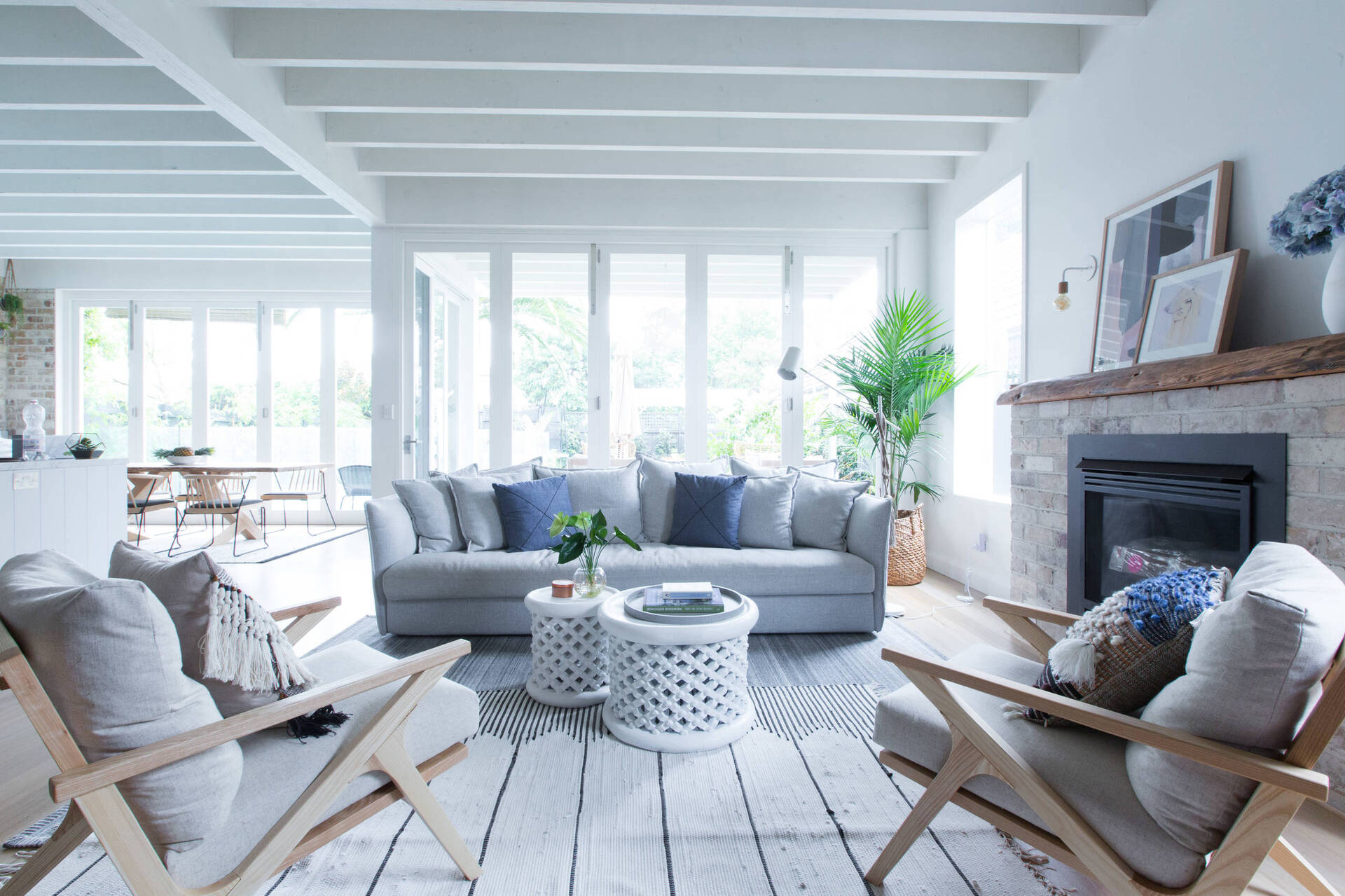
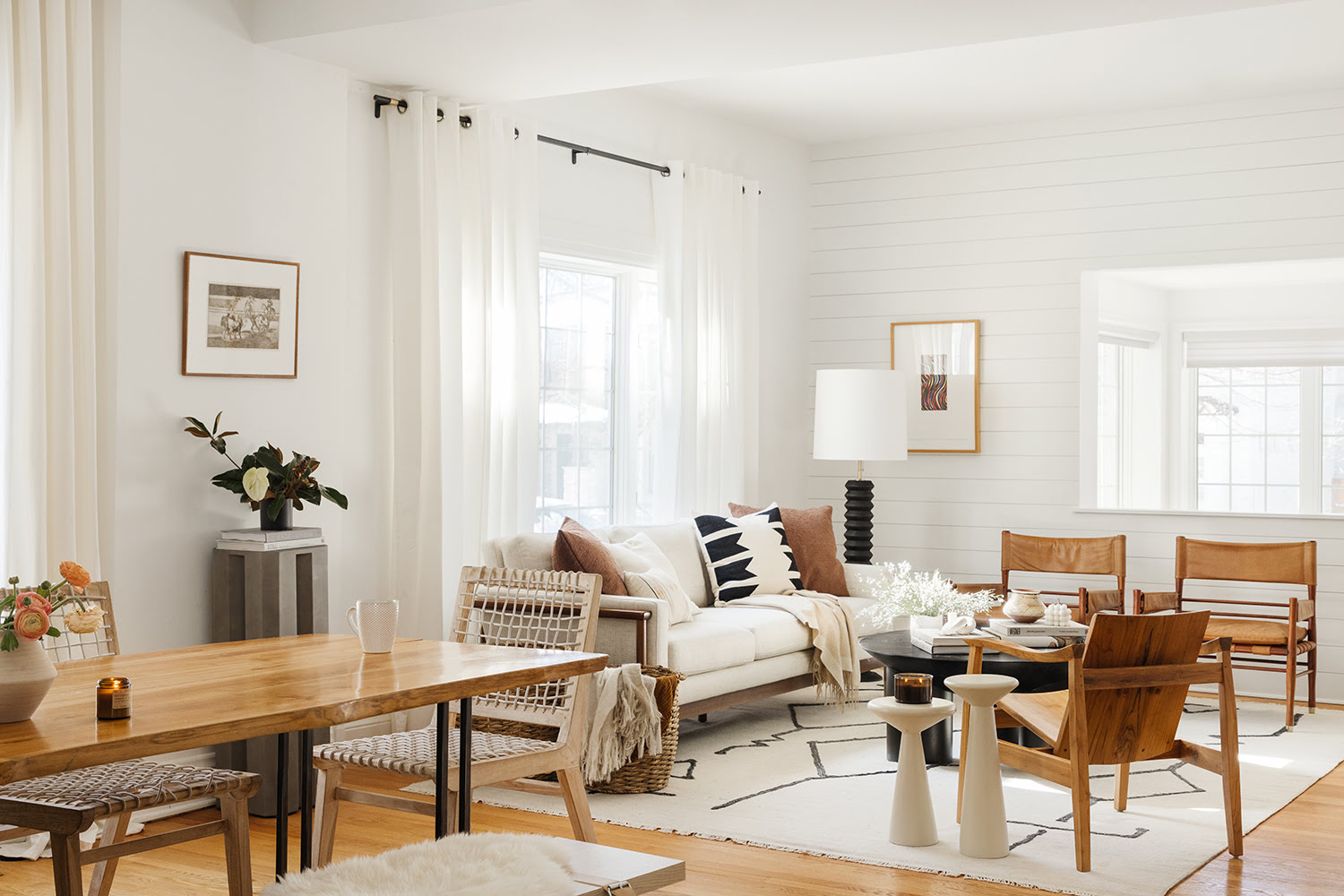
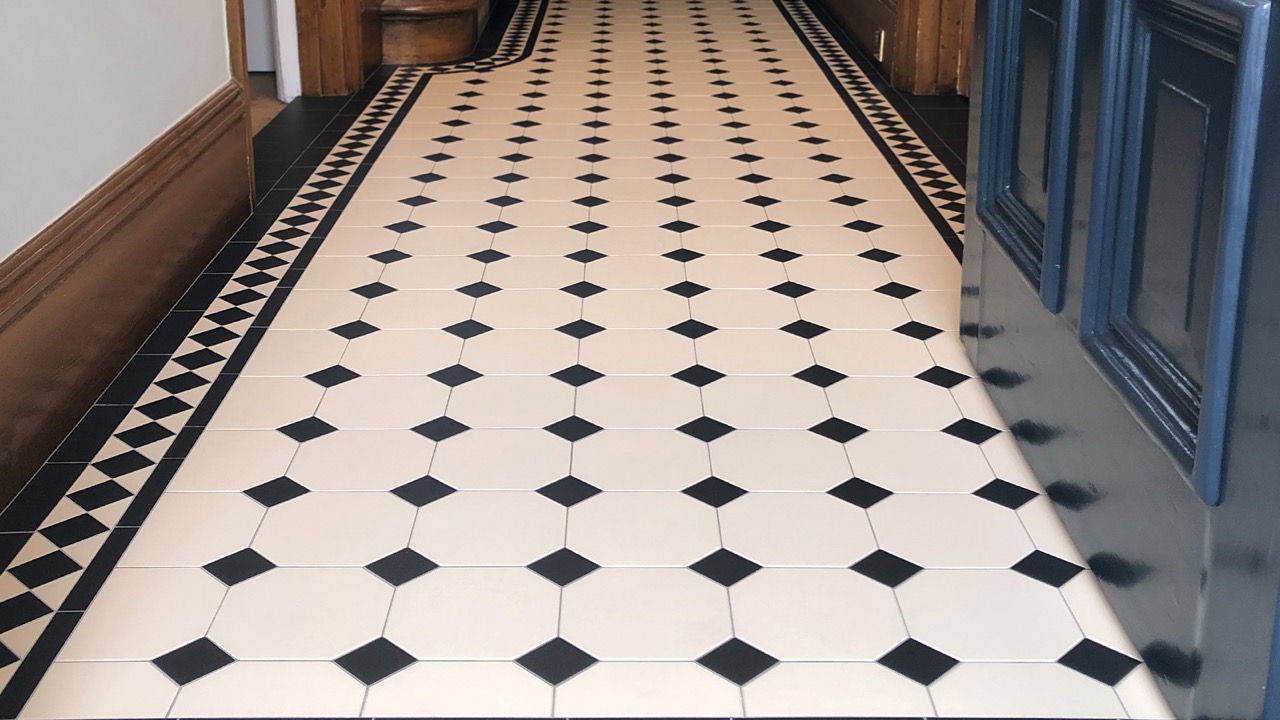
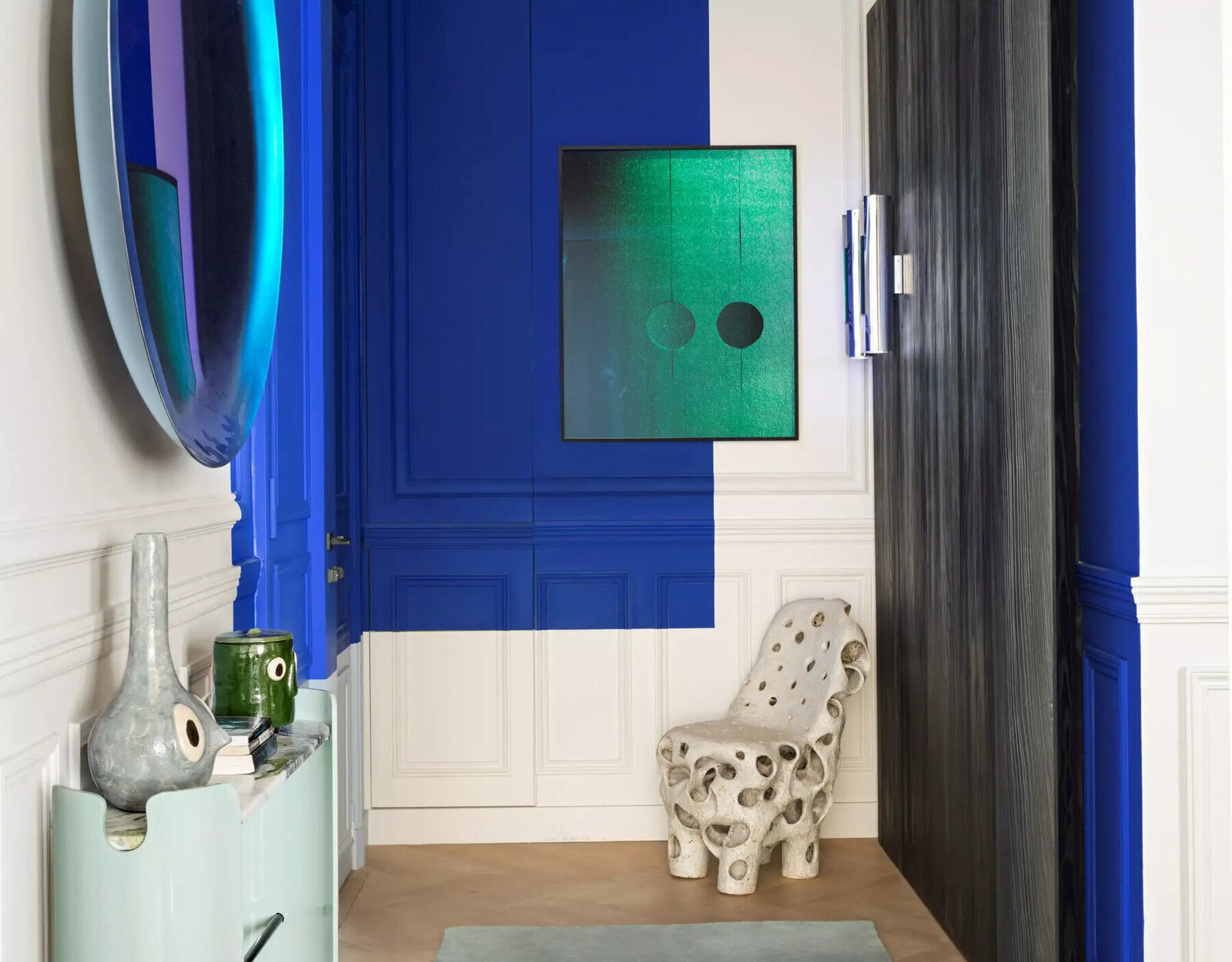
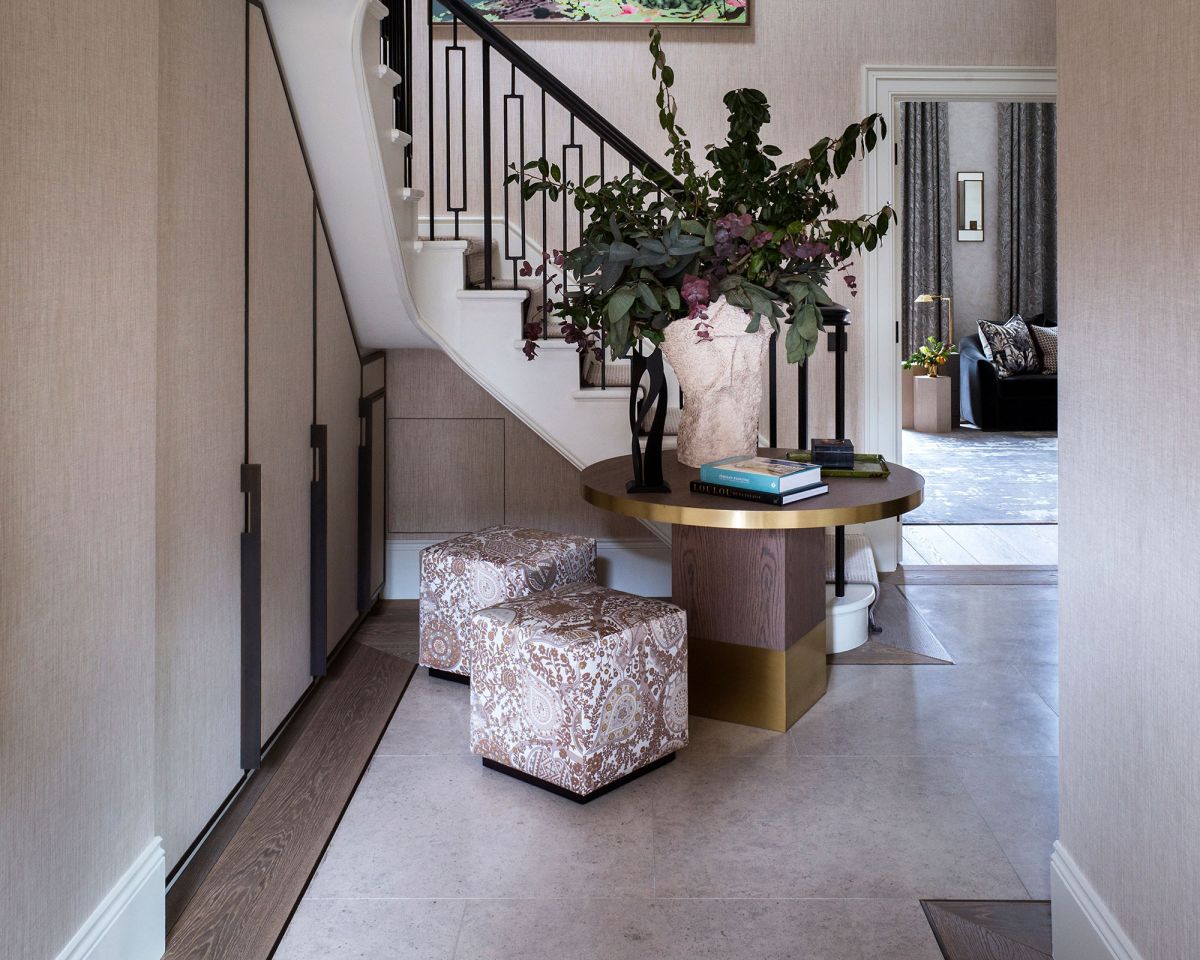
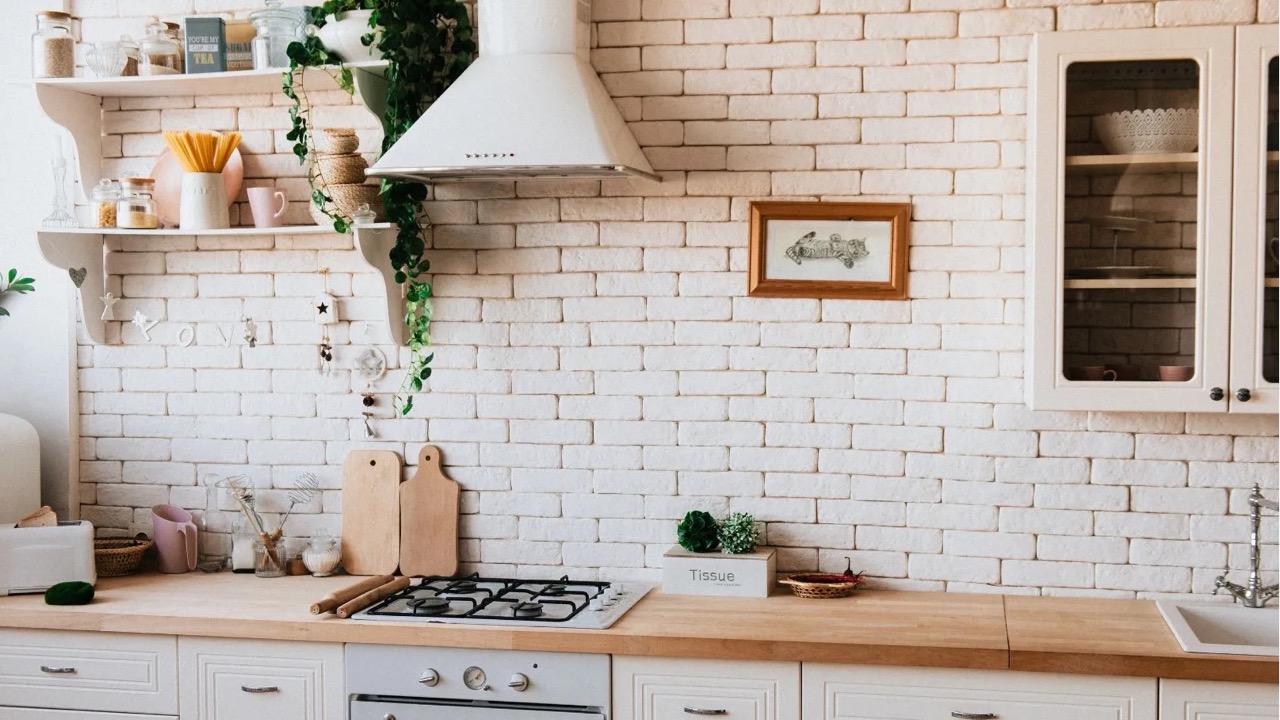
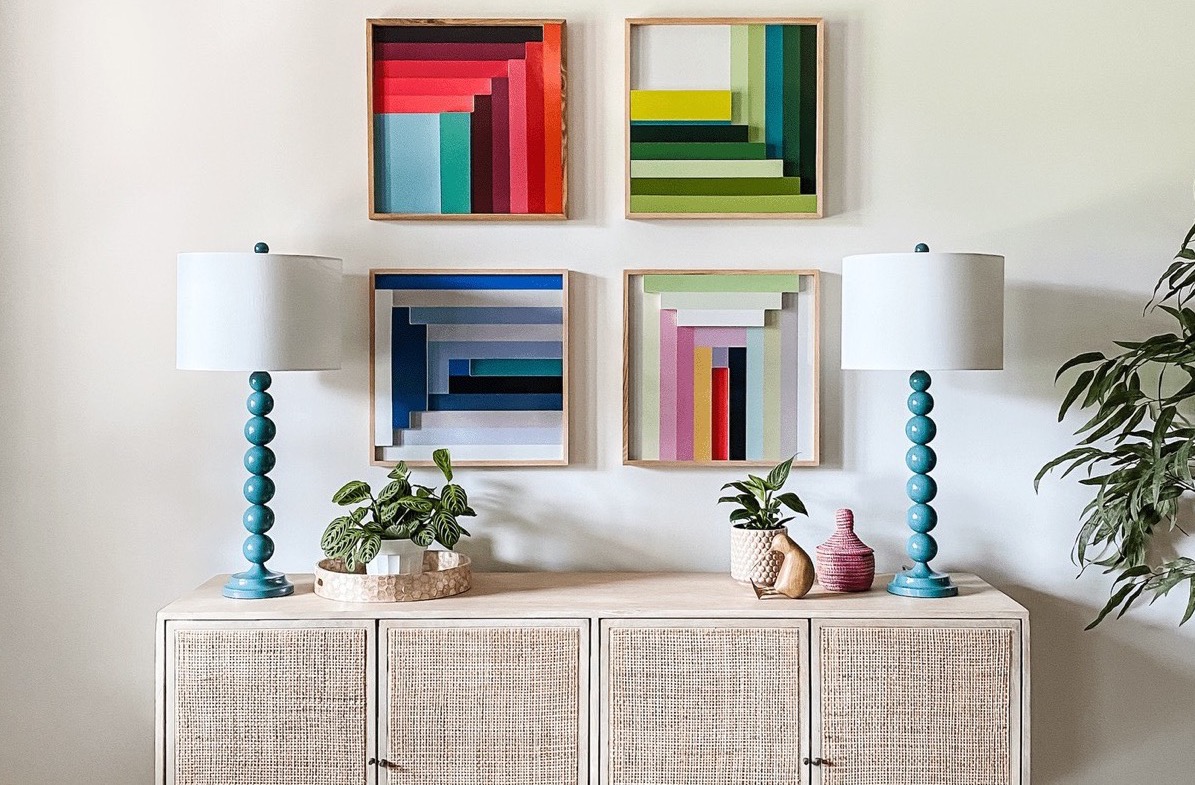
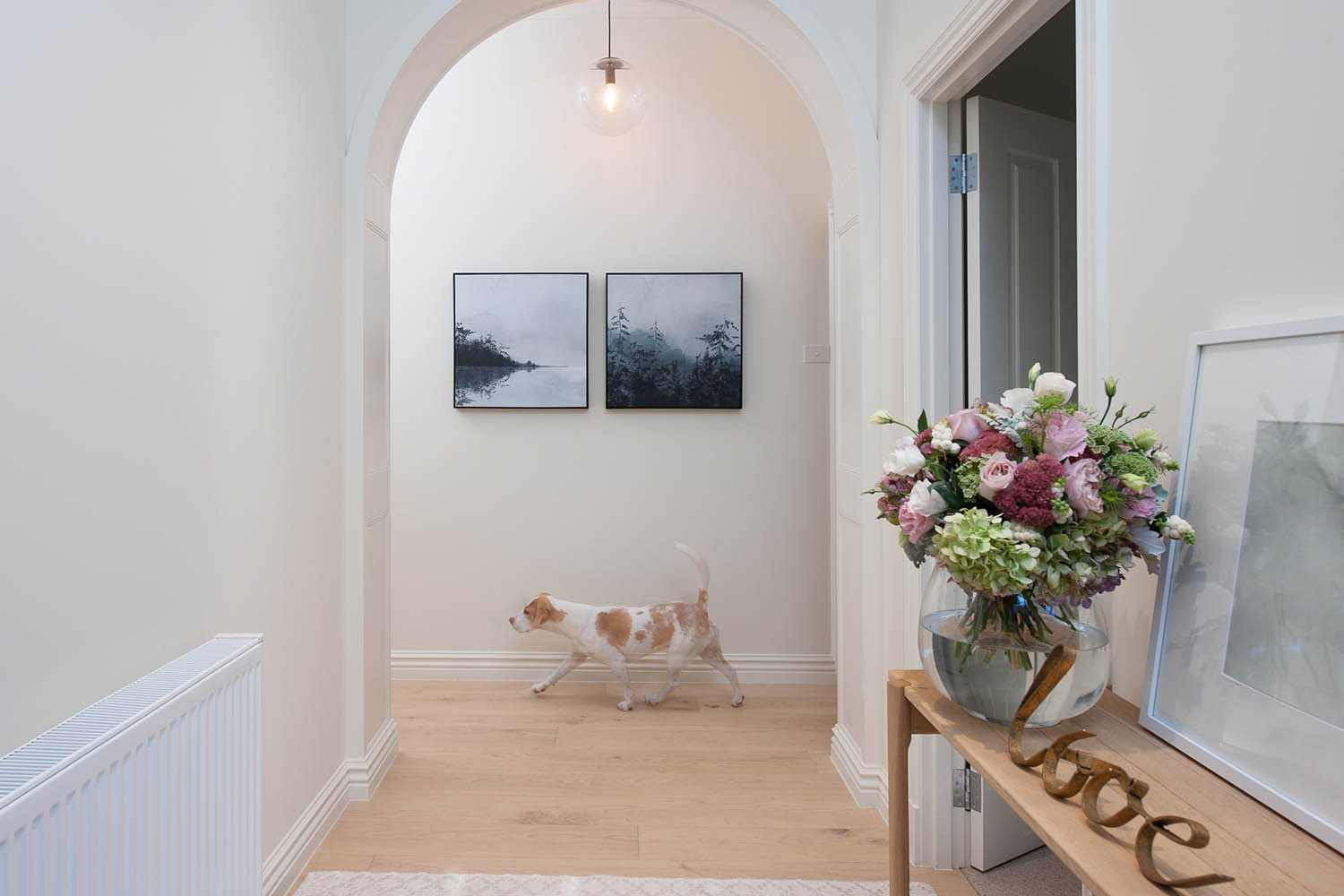
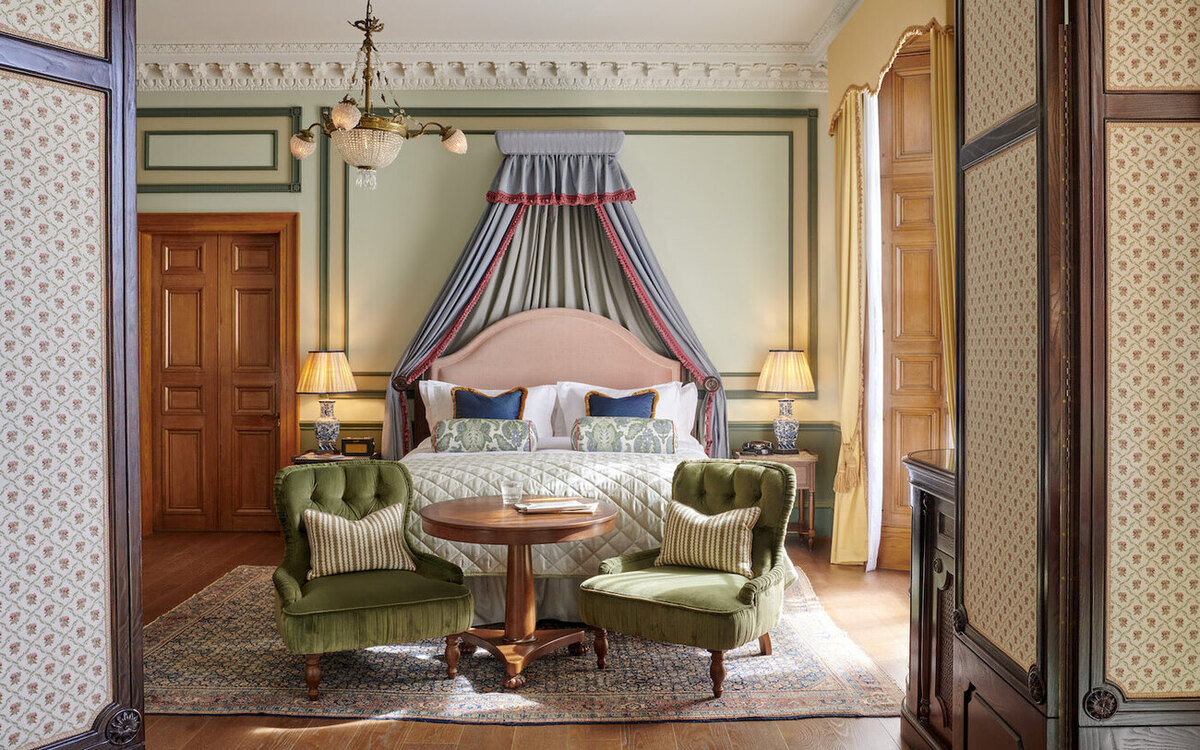

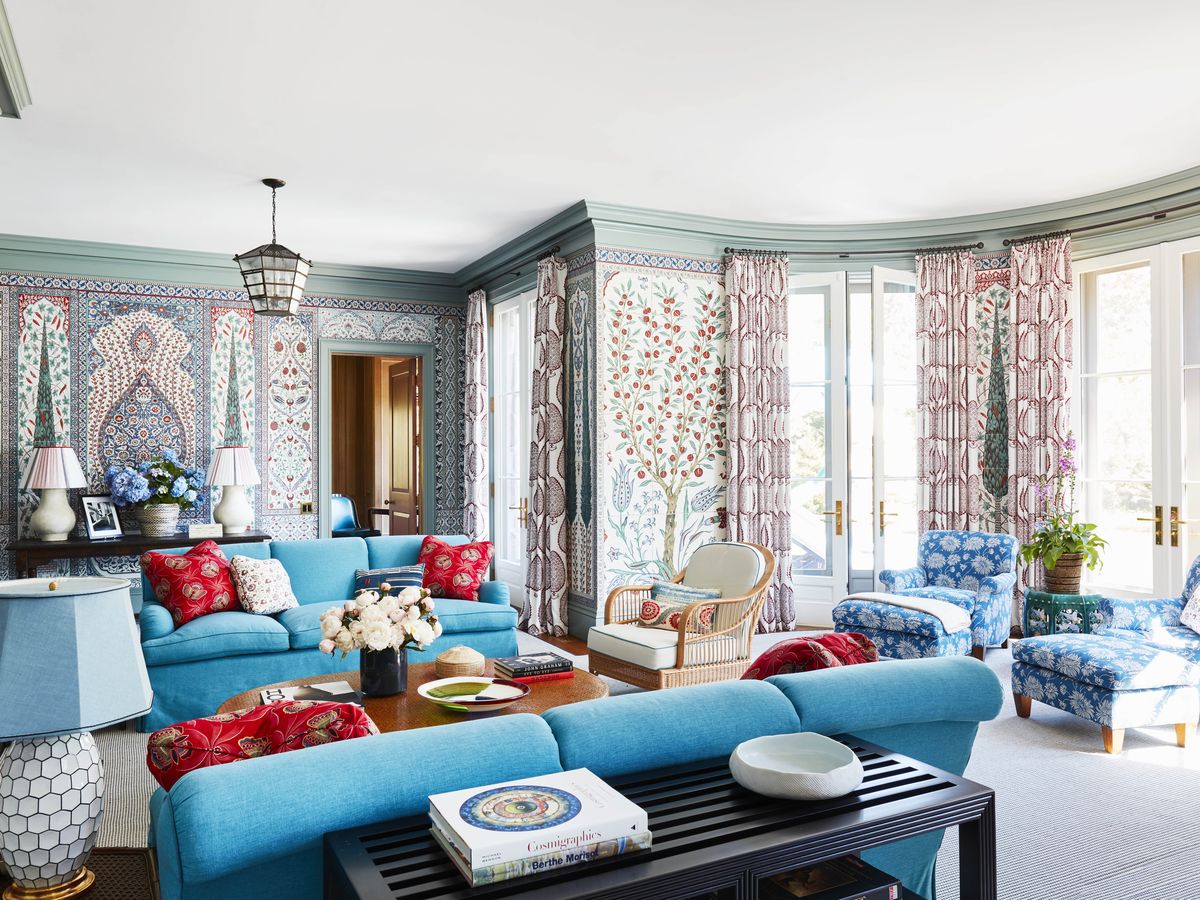
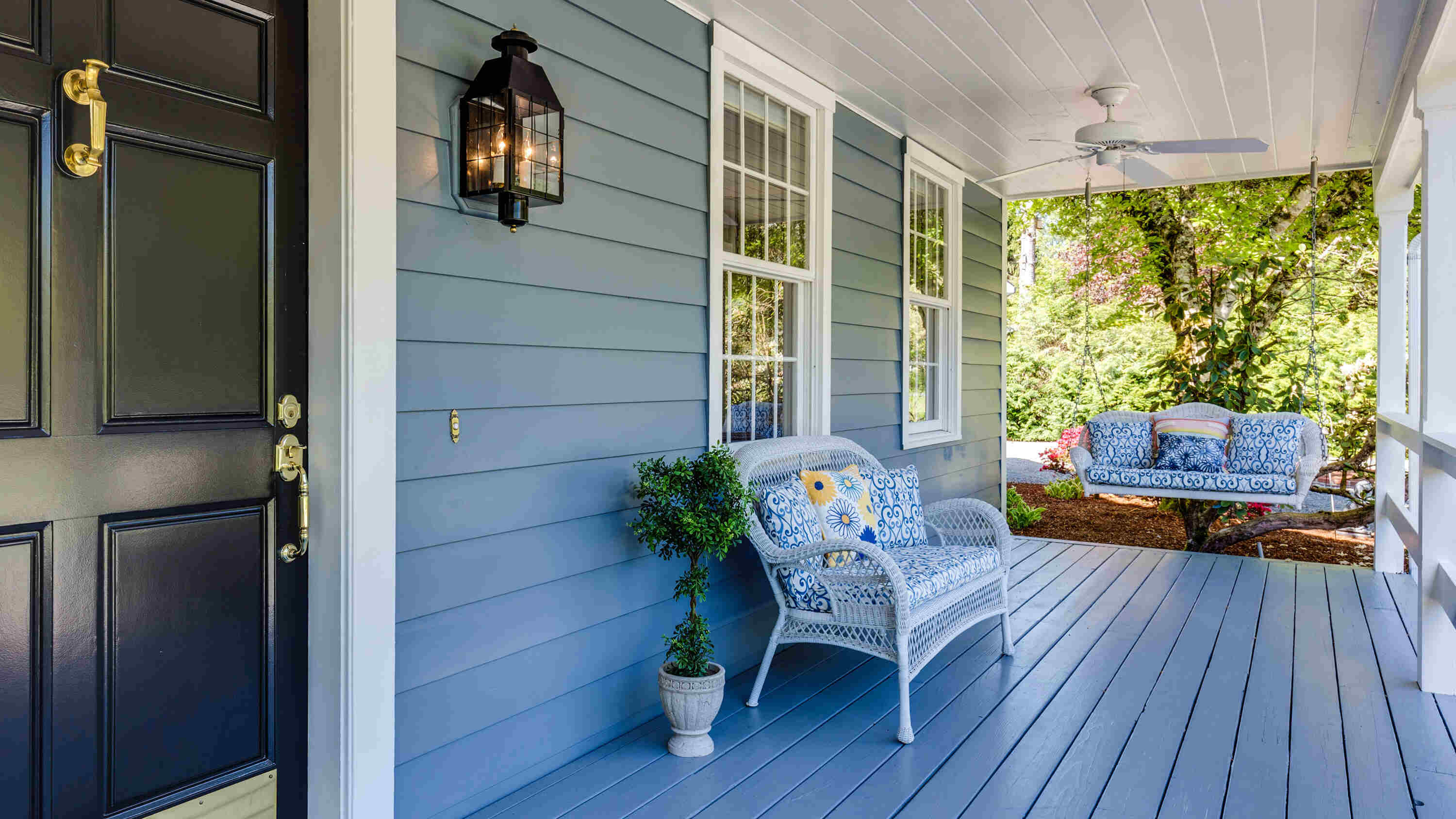
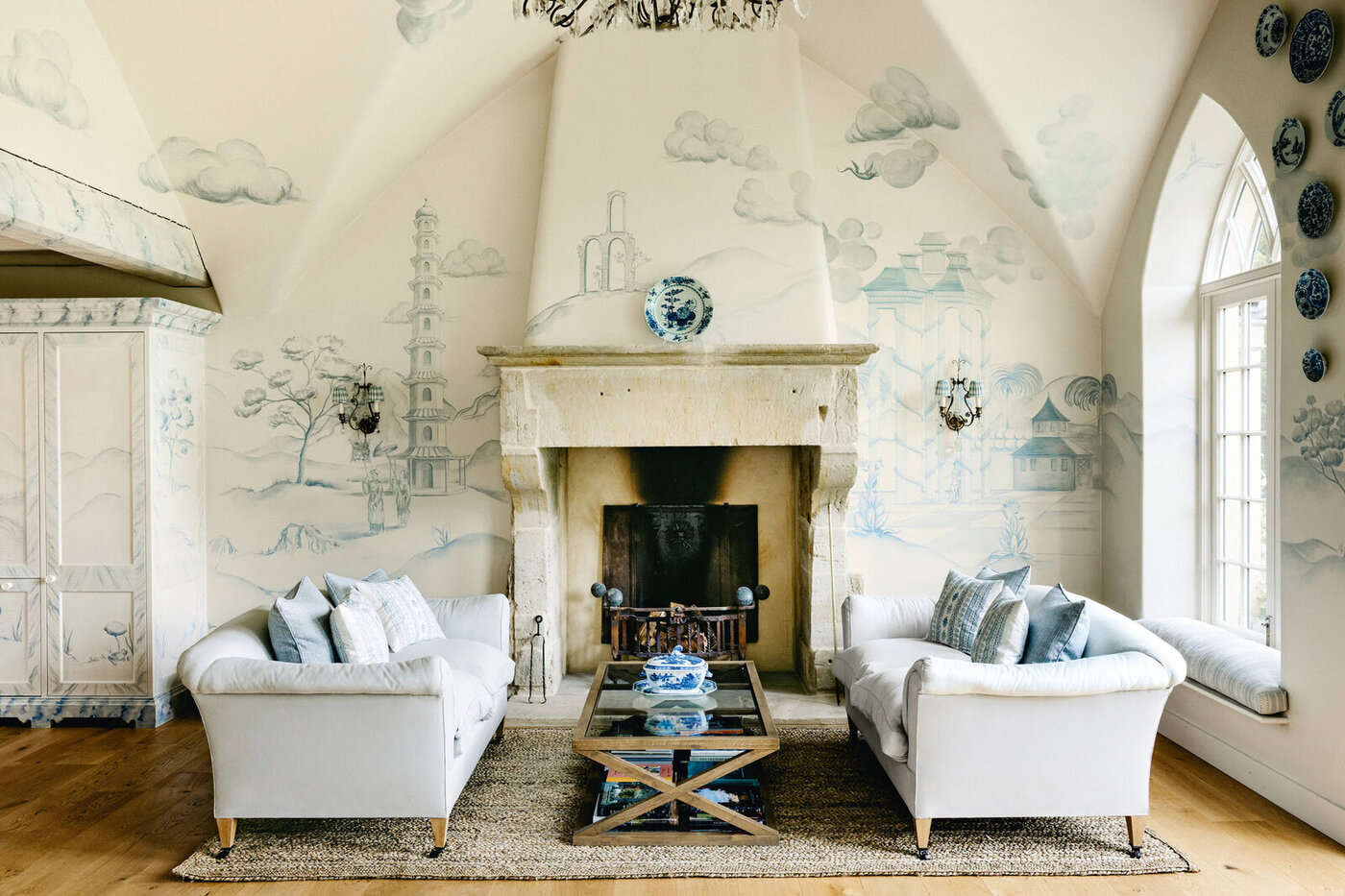

0 thoughts on “Interior Designer Summer Thornton’s Hallway Decor Rules”